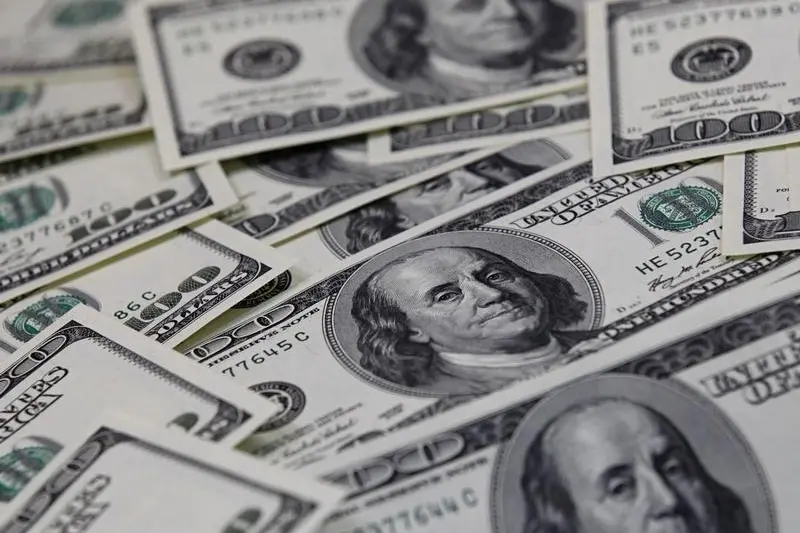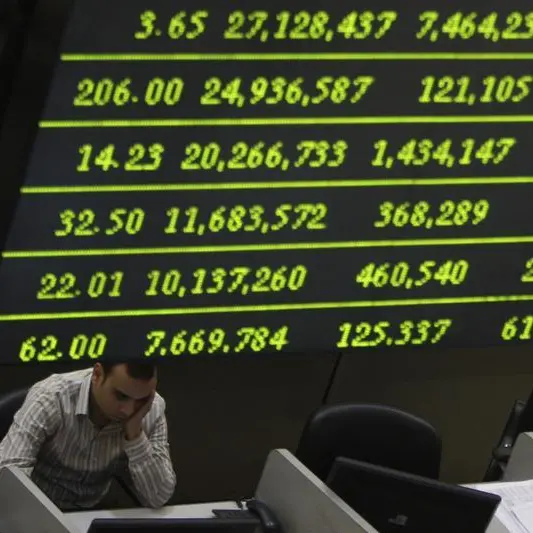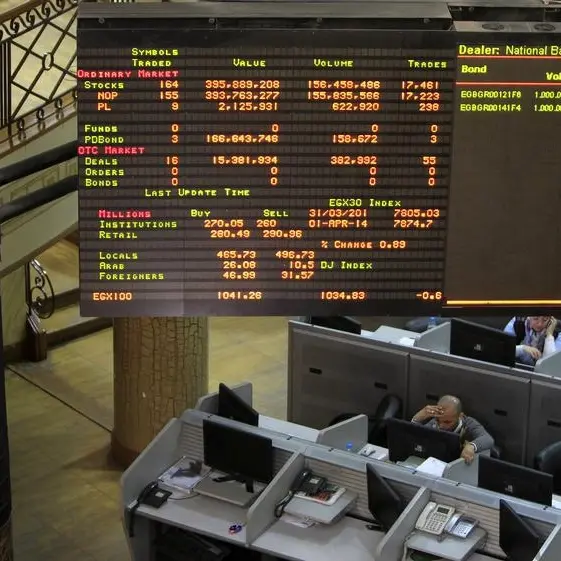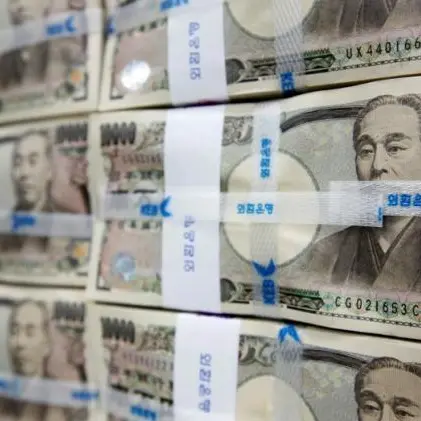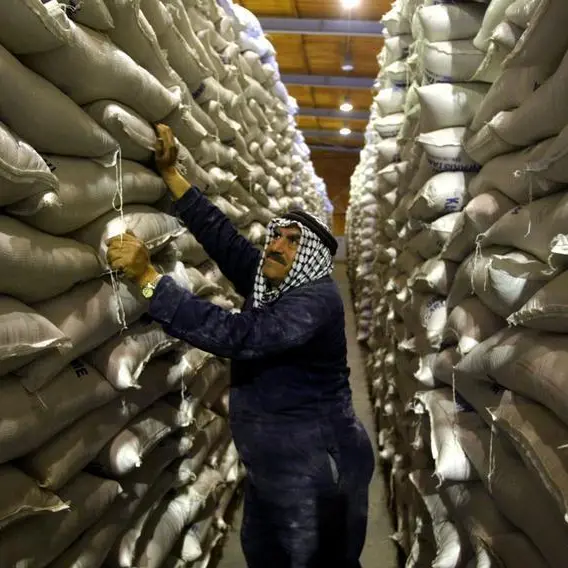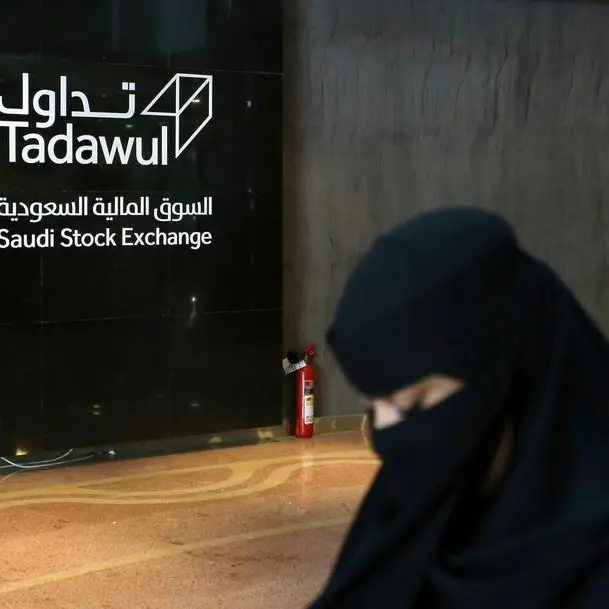PHOTO
NEW YORK/LONDON - Emerging markets need to batten down the hatches. Since late January, non-residents have pulled out over $72 billion, according to Institute of International Finance figures seen by Breakingviews. Even when excluding China, outflows since December are twice as high, as a percentage of GDP, as during the financial crisis. And they are over three times the worst quarter experienced during the so-called Asian financial crisis. With foreign currency reserves set to plummet, the likes of Turkey need a lifeboat, but the obvious measures could well prove inadequate.
The U.S. Federal Reserve can help ship dollars out to some countries where they’re needed. Dollar debt in emerging markets issued by companies other than banks more than doubled between 2010 and 2018, according to the Bank for International Settlements, so a squeeze on dollars would be a major issue. The Fed could expand the list of central banks with which it’s setting up dollar swap lines – like it did in 2008 with Brazil, Mexico, and others. The Fed may find it hard to decide who should get swap lines, though, since the spread of this coronavirus has reached so many countries.
The International Monetary Fund also has a role to play. During the financial crisis, it increased the allocation of so-called special drawing rights – a form of reserves that can be exchanged for dollars – by the equivalent of $283 billion. It’s not a perfect solution because they are handed out according to a formula that gives more to richer countries. But it would be relatively simple to implement and could complement $50 billion in emergency funding the IMF said it’s ready to deploy.
Emerging market governments may also struggle to stabilize their economies – a first step to reversing outflows. On the plus side, average inflation in emerging and developing countries is under 5%, according to the IMF, versus almost 8% in 2008, giving central banks slightly more wiggle room. But the high commodity prices that helped some producing countries out after 2008 can’t be relied on this time. That puts pressure on budgets for many countries, and especially in former profligates like Brazil.
This doesn’t remove the need for a bigger boat. It just means that even a really big one may not be up to the job.
CONTEXT NEWS
- Over $72 billion was pulled out of emerging markets by non-residents between late January and March 18, according to Institute of International Finance figures seen by Breakingviews.
- Excluding China, the outflows since December amount to 10% of GDP, about twice as high as during the financial crisis and far higher than during the so-called Asian financial crisis of 1997-1998.
- Significant foreign currency reserve losses are likely, according to the IIF.
(Editing by John Foley and Karen Kwok. Graphic by Vincent Flasseur.) ((anna.szymanski@thomsonreuters.com; Reuters Messaging: anna.szymanski.thomsonreuters.com@reuters.net george.hay@thomsonreuters.com; Reuters Messaging: george.hay.thomsonreuters.com@reuters.net))
